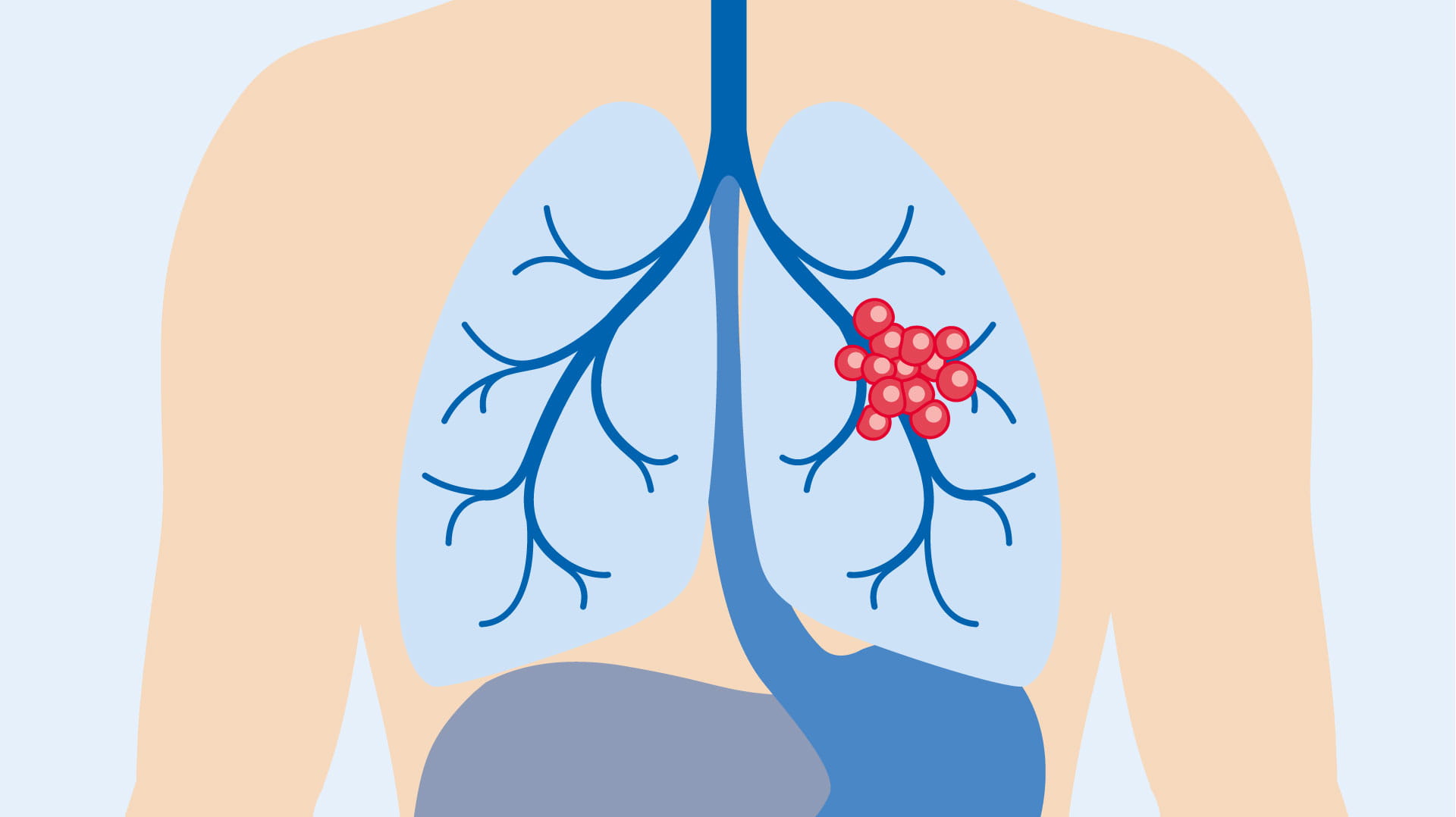
Disease overview
The main subtypes of NSCLC are adenocarcinoma, squamous cell carcinoma and large cell carcinoma. They are all classed as NSCLC because their treatment and prognoses are similar, even though they originate in different types of lung cells.
Lung cancer is most frequently diagnosed among people aged 65 to 74, with a median age at diagnosis of 71 years1,2. There is a significant association with lifestyle factors, with ~80% of cases linked to smoking1.
Biomarkers
Building towards precision medicine in NSCLC
A better understanding of molecular events underlying cancer progression drives advances in oncology. Detection of relevant biomarkers is required to determine the optimal strategies in cancer prevention and care – paving the path to precision medicine.
Watch our webinars on biomarker testing for more detailed information.
Latest insights
Webinars
Webinar highlights
Workflows
Testimonials
References
- The American Cancer Society: Key statistics for lung cancer: https://www.cancer.org/cancer/lung-cancer/about/what-is.html. Accessed: October 17, 2023.
- NCI Cancer Stat Facts: Lung and Bronchus Cancer. https://seer.cancer.gov/statfacts/html/lungb.html. Accessed: October 17, 2023.
- Pakkala S, Ramalingam S.S. Personalized therapy for lung cancer: Striking a moving target. JCI Insight. 2018;3(15):e120858.
- National Comprehensive Cancer Network.NCCN Guidelines Version 4.2023 Non-Small Cell Lung Cancer. https://www.nccn.org/professionals/physician_gls/pdf/nscl.pdf(Accessed: October 17, 2023).
- Lindeman NI, Cagle PT, Aisner JL, et al. Updated molecular testing guideline for the selection of lung cancer patients for treatment with targeted tyrosine kinase inhibitors. J. Thorac. Oncol. 2018;13(3):323-358.
- ESMO. Clinical Practice Guidelines. Metastatic non-small cell lung cancer: ESMO Clinical Practice Guidelines for diagnosis, treatment and follow-up. www.esmo.org/content/download/347819/6934778/1/ESMO-CPG-mNSCLC-15SEPT2020.pdf.Accessed: October 17, 2023.





